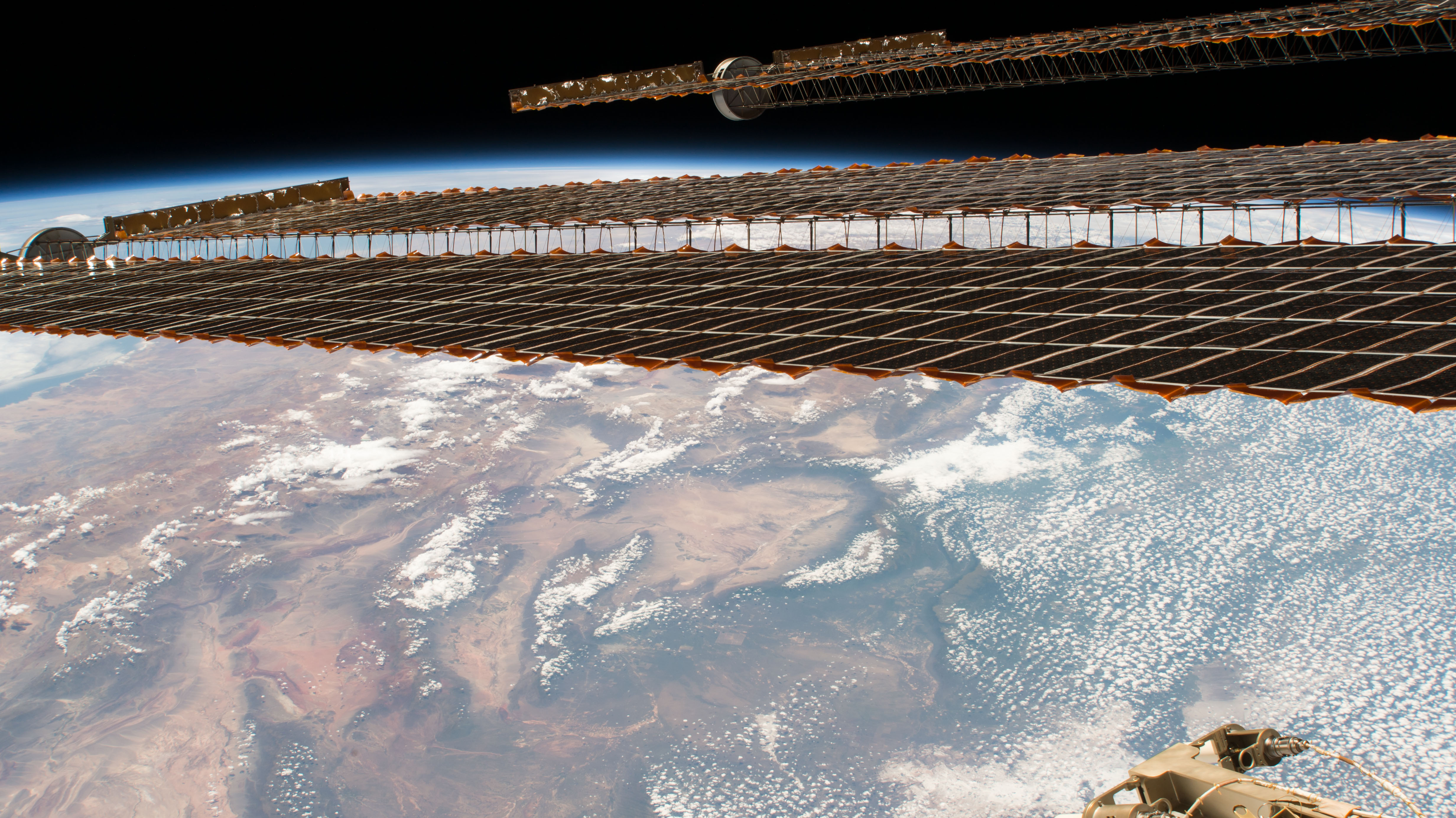
The Expedition 52 crew embarked on tasks Wednesday to further NASA’s eventual journey to Mars and aid researchers in understanding how to stimulate cancer-fighting drugs to target cancer cells—and cancer cells alone—in the human body.
The astronauts lent their opinions to a food questionnaire designed to explore if the current food available in the spaceflight food system would be acceptable for even longer-duration missions, like a Martian sojourn. Their input will help develop strategies to improve futuristic food systems in support of crew health and performance.
Of even greater magnitude to Earthlings approximately 240 miles below the orbiting laboratory is the work being performed with the Efficacy and Metabolism of Azonafide Antibody-Drug Conjugates in Microgravity (ADCs in Microgravity) investigation. The crew retrieved a BioCell Habitat, inoculation kits and ADC samples from a Minus Eighty Degree Celsius Laboratory Freezer for ISS (MELFI), set up hardware inside the Microgravity Science Glovebox (MSG) and inoculated the Multiwall BioCells using syringes. Later, the astronauts will repeat these steps with a second BioCell Habitat, which begins an 11-day experiment stretch. In the zero-g environment of space, cancer cells grow in spheroid structures that closely resemble how they form in the human body. This study may speed up the development of targeted therapies for cancer patients, increasing the effectiveness of chemotherapy treatment and while reducing unwanted side effects.
Expedition 52 is taking out the trash midday tomorrow when Russia’s Progress 66 (66P) uncrewed cargo craft departs the International Space Station for a fiery disposal over the Pacific Ocean. The 66P is loaded with garbage and obsolete gear and will undock from the Pirs docking compartment Thursday at 1:46 p.m. EDT. The Russian resupply ship will orbit Earth for a few more hours before reentering Earth’s atmosphere harmlessly over the Pacific. NASA TV will not be covering the undocking activities.
Get weekly video highlights at: http://jscfeatures.jsc.nasa.gov/videoupdate/

You can learn more about the may experiments and science facilities on the space station here… https://www.nasa.gov/mission_pages/station/research/index.html